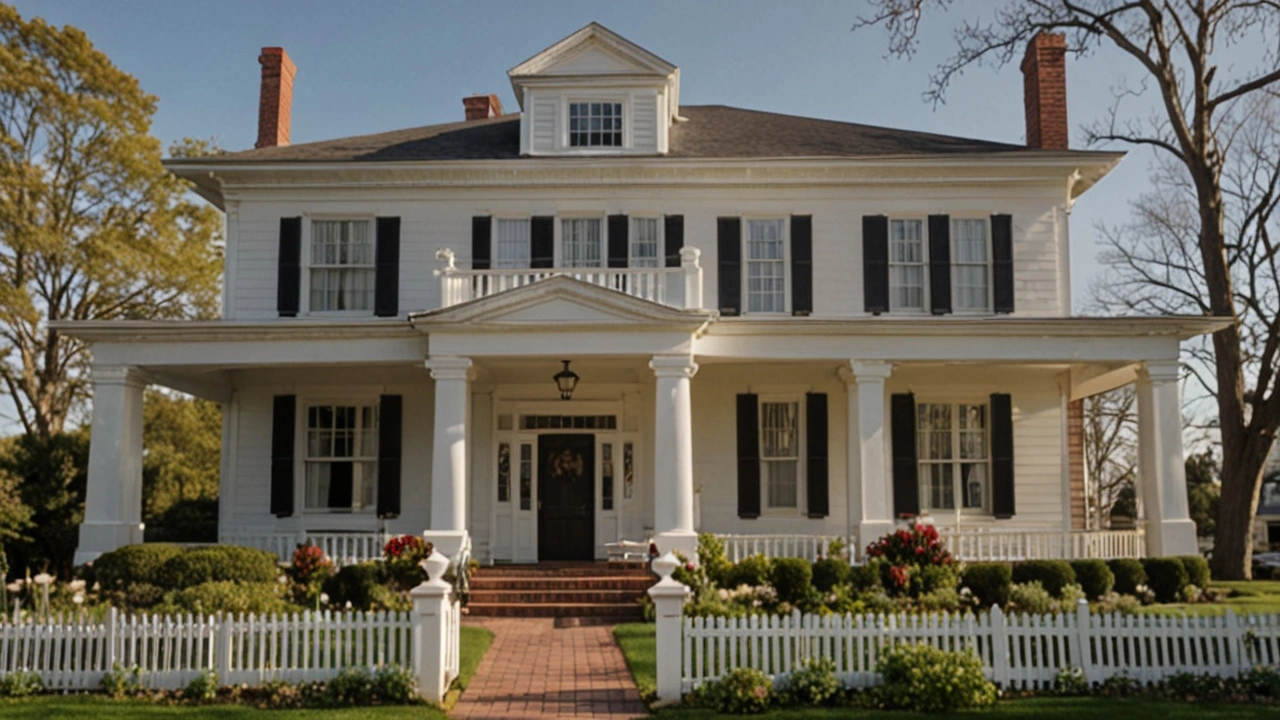Colonial architecture, with its distinct blend of European influences and local adaptations, remains significant today as it enhances contemporary design and urban planning. Its emphasis on symmetry, simplicity, and functionality lends itself to modern aesthetics, while also offering sustainable solutions and cultural depth. As cities grow, understanding and integrating colonial architectural principles can address environmental and social challenges. By preserving these structures, we maintain historical continuity and celebrate diverse cultural influences.
Timeless Design: How Classic Architecture Stays Relevant
Buildings from two thousand years ago still teach architects today. That’s the power of timeless design: it proves good choices last. This page pulls together work on colonial, Renaissance, Greek Revival, Beaux-Arts, Roman techniques, Bauhaus, mid-century modern and more so you can see what makes certain styles stay useful and beautiful.
Signs of timeless design
Want to spot it on the street? Look for clear proportions and simple geometry. Ancient Roman arches, Renaissance symmetry, and Georgian balance all rely on scale you can feel. Durable materials matter too—stone, brick, well-made timber and quality metals age with dignity. Details are crafted, not fussy: think well-placed cornices, honest joinery, or a thoughtful window rhythm. Function comes first; spaces that work well tend to survive because people keep using them. And adaptability: buildings that accept new uses without losing shape tend to stick around.
Examples on this site show those traits. Roman engineering gave us arches and concrete that still inspire modern structures. Beaux-Arts taught how grand public buildings shape cities. Bauhaus and mid-century modern prove that honest materials and functional furniture read as fresh decades later.
How to use timeless design today
You don’t need a museum budget to bring timeless ideas into a home or project. Start with proportions: avoid chopped-up spaces and favor simple room sizes that feel balanced. Pick durable finishes—real wood floors, good plaster, or high-quality tiles—that patina instead of fading. Reduce trend clutter: one or two modern accents keep things current without dating the whole space.
If you’re renovating, respect original lines. Preserve a row of windows, a stair proportion, or a cornice and let new elements sit quietly beside them. When mixing styles, keep scale and material consistent so a mid-century chair doesn’t shout in a Georgian room. For public or commercial projects, design for flexible use: wide doorways, clear sightlines, and simple service routes help buildings adapt over decades.
If you love digging deeper, browse the linked articles here: Colonial architecture pieces that explain cultural roots, articles on Renaissance and Greek Revival for proportion and classic detail, and Beaux-Arts and High-Tech stories that show how style can influence whole cities. Each article gives real examples and practical tips you can use whether you’re restoring, designing, or just curious.
Timeless design isn’t a fixed look. It’s a set of choices: honest materials, thoughtful proportions, clear function, and the ability to change use without losing identity. Pick those priorities and your project will have a better chance of aging well.
Colonial Revival Architecture stands as a testament to the enduring charm and elegance of early American design influences. Both historical and practical, this style has remained a popular choice for homeowners and architects alike. From its symmetrical façades to the tasteful incorporation of classical elements, Colonial Revival continues to inspire modern designs and renovations across the country.


